Guest Column: Top advertising trends in 2018 - Virendra Saini
The advertising sector is one of the most dynamic segments in the businesses. With the challenges of having to continually alter strategies so as to stay relevant, this sector is ever-changing and the challenges are diverse. Based on the way 2017 shaped up and having worked on some of the most challenging assignments this year, Virendra Saini, Executive Director and Mumbai Branch Head, Triton Communications, gives his take on the anticipation about how 2018 could be.
Artificial Intelligence on the rise
This year is a crucial year for AI as more brands are researching on how this tool fits into their business strategy to reap maximum benefits. Brands like Flipkart are already talking about actively leveraging it. As our mobile devices become more powerful and social apps better integrate with Augmented Reality (AR), brands will use AR to better engage with consumers. For example, using your location, brands could trigger sponsored AR content, which can only be accessed at that spot, at that time. With the release of the iPhone 8 and iPhone X, Apple has made it clear that they are betting on AR. As these new devices go mainstream, brands will begin experimenting with AR-sponsored and -branded content.
The rise of new influencers
With the rise of ad-blockers and decline in radio and TV viewership, influencer marketing has proven to be the most effective form of advertising. It was on every trend list in 2017 and will continue to be a focus of smart marketers in 2018. While kids have been influencers for some time, the age might get pushed down further with even 3 or 4 year olds playing a greater role in impacting the choices. Industry researcher eMarketer predicts that 2018 will continue the multi-year trend that is essentially responsible for the advent of influencer marketing.
More investments in live events and experientials
Many marketers may increase the number of live events they host, because they have begun to recognise that live events and experientials are one of the most effective marketing channels to reach out to a focused set of target groups.
Print media surfing will increase alongside digital
I believe that in 2018, digital will no longer stand alone as a separate discipline. We will see it become more integrated into real-life experiences and the two will become seamless. Print media has been getting affected by the digital wave, however the content within the paper might see more change next year as many readers are more interested in surfing the paper than reading it in-depth.
Radio
Radio is likely to play a critical driver for rural markets and is likely to be the go-to medium for increasing its penetration. This medium also has the advantage of a better ROI compared to other mediums, specifically for the rural audience.
While content is important, the context also becoming increasingly important. For example, sponsorship of the movie ‘Padman’ by Whisper.
Interactive storytelling is likely to increase with brands and channels using them to increase consumer engagement.
Consumables like organic foods and beauty products are likely to become more mass than remain at the luxury bracket. This goes on to reflect a shift in the consumer’s mindset.
Social Media Channels
Instagram might become a more valuable channel for advertising and might even become more popular than Facebook due to better advertising control feature.
The Wellness wave
From being limited to a select few, this is likely to touch the masses, with brands across categories encouraging a wellness lifestyle than problem-solution products.
Attention
In a world where the consumer is bombarded with cluttered messaging and blocking out ads is an easy task, having the consumer’s attention and sustaining it will be key. We will see more and more brands creating immersive brand experiences that make him engage with the brand, thereby making him actively spend more time with the brand than he would have, had he simply been viewing messaging passively. When the brand and consumer are engaging with each other in real time through an immersive brand experience, there is an assurance of having the brand’s message being absorbed and processed by the consumer.


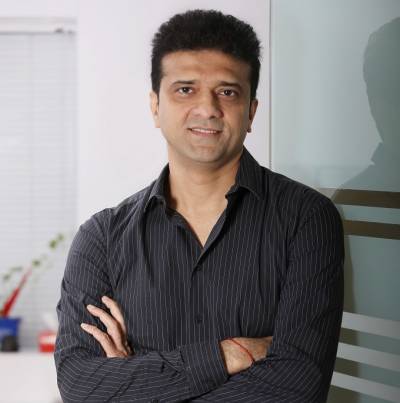



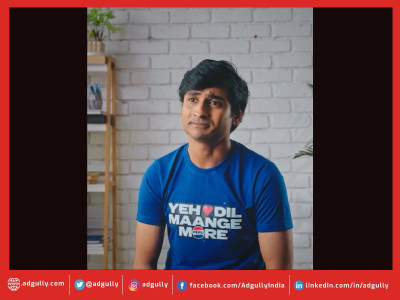
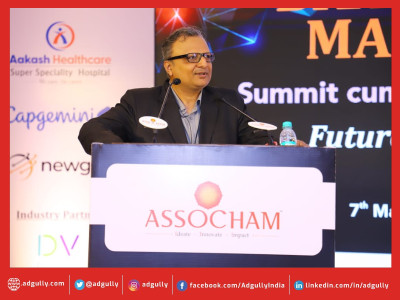
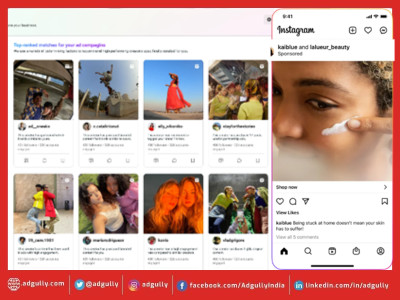


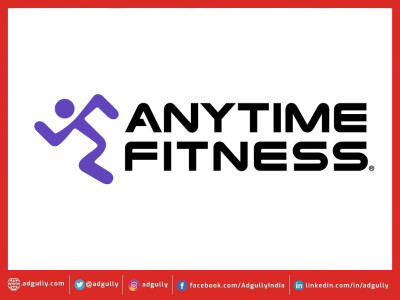

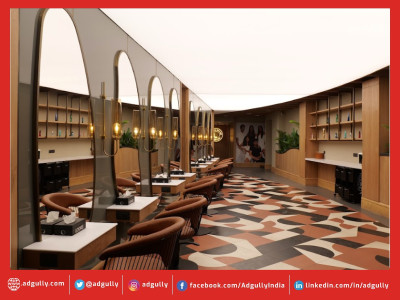
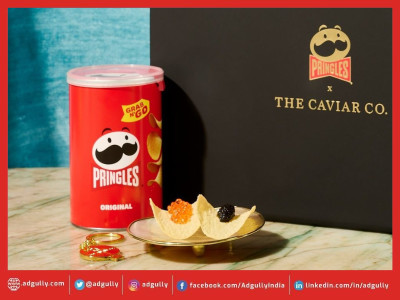


Share
Facebook
YouTube
Tweet
Twitter
LinkedIn